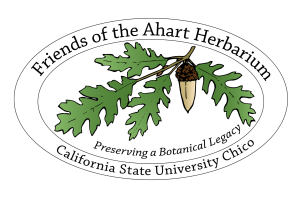Hey, Hey we’re the Monkees! We’re too busy evolving to put anybody down
June 16, 2022
7:00 – 8:00 PM (Via Zoom)
By Steve Schoenig
View the presentation here.
California botanists are becoming more comfortable with the new family for monkeyflowers (Phrymaceae) and the "new" genera (Diplacus, Erythranthe, Mimetanthe) but there may be low awareness that the subgenus Simiolus within Erythranthe that includes the diversity of the old name Mimulus guttatus has grown from 5 species (in The Jepson Manual II) to 20 named and recognized species in California currently. Identification of these species is tricky, although half are restricted to very localized regions (like Butte County!).
The "common yellow monkey" has gone from one of the easiest identifications to one that I think most botanists are now ignoring because of unfamiliarity and the trickiness of the characters used in identification. The group is still not fully understood and may be genetically messy, but I encourage people to become more familiar with the new species recognized in this group and provide some advice on using many of the new names, especially in professionally prepared reports and lists. My talk will emphasize both the common and rare species found in the northern portion of California. If you like the color yellow, this talk is for you!
Steve Schoenig is retired Branch Chief for the Biogeographic Data Branch at the CA Dept of Fish and Wildlife (CNDDB, Veg Mapping). He also led invasive weed programs at CA Dept of Food and Agriculture for many years. He is currently working on floristic studies of Death Valley NP and has continued studying monkeyflowers for the past 35 years. He is coauthor of the recently published paper: Vascular Plants of Northern Death Valley National Park (Death Valley Last Chance Range, and Eureka Valley) Hester Bell, Sarah De Groot and Steve Schoenig.



